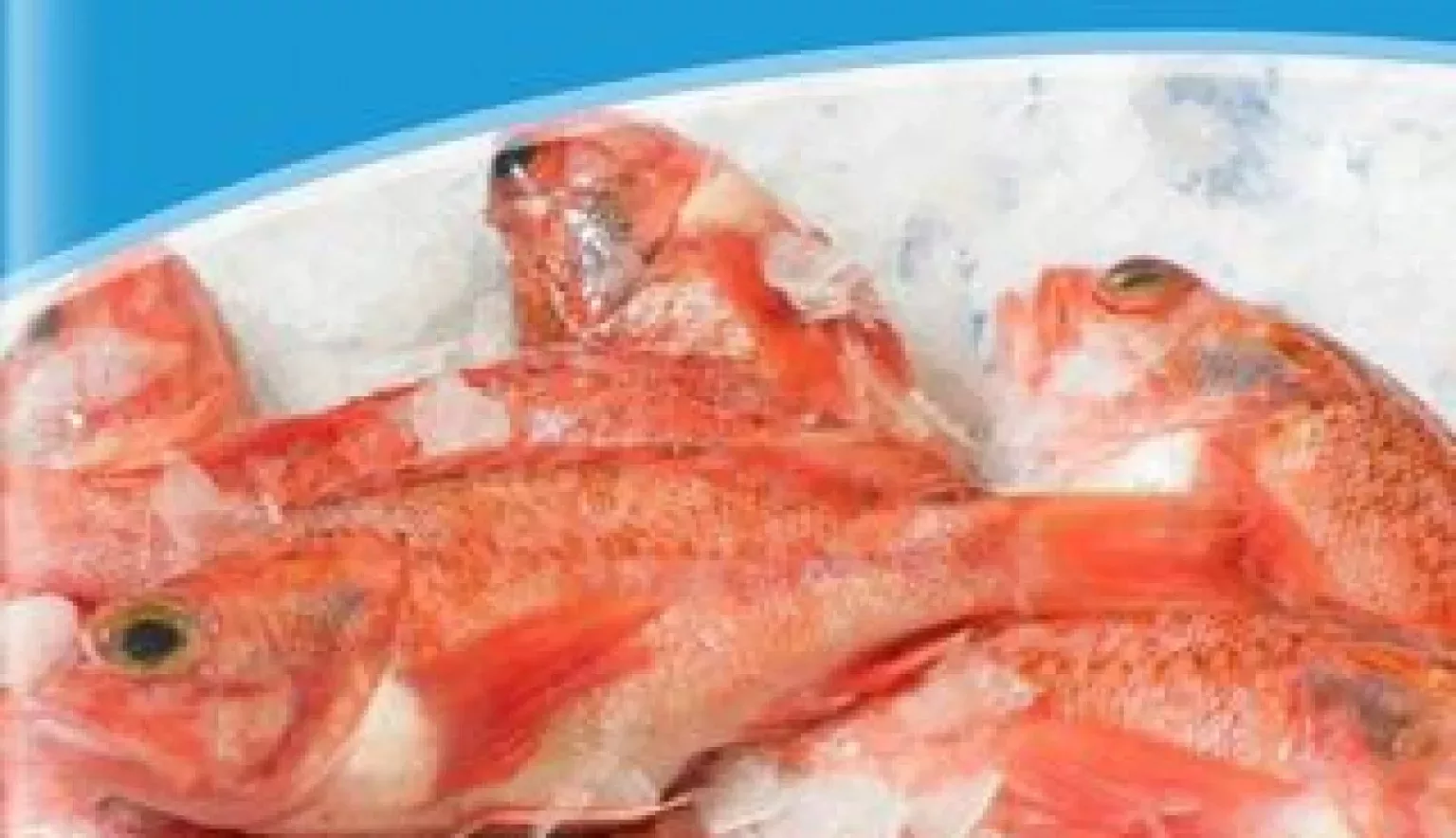The Seaflower Group has taken its proud history and developed an innovative approach for a new wave of fishing.
WHERE FRESHNESS LIVES
The Seaflower Group is experiencing a surge in demand for its products, currently selling nationally in Namibia, as well as to its neighbouring South Africa.
The Group was established in the latter part of 1991, providing a brand name for the companies operating under the holding company named the National Fishing Corporation of Namibia Limited (FISHCOR).
At present its goal is to move forward through an increase in production targets and push in sales volumes that should allow for the identification of new target markets, for example Spain and the Netherlands, where a large proportion of the Company’s products are already being consumed.
“Perhaps one of the most significant hindrances to achieving an increase in production volume is the constraints of annual Total Allowable Catch across our various fish species,” explains Mike Nghipunya, Group Chief Executive Officer at Seaflower Group. “Luckily products and innovation are part of our strategic pillars and with that we have developed new products that are not based entirely on the need to catch wild fish.
“Instead we breed fish, having established that we already have a market for customers that will purchase these newly created products.”
SOCIAL BENEFITS
One of the most significant developments in recent times for the Company is the construction of a factory in Walvis Bay; spending approximately $500 million on the joint venture named Seaflower Pelagic Processing (Pty) Ltd.
“This job is expected to reach completion by the third quarter of 2018,” continues Nghipunya. “It is our hope that it will provide exceptional social benefits and job creation within Namibia.”
Alongside its large-scale work, the Company has also been working on gradual improvements to its existing product range. Recently it has introduced a small selection of new products, however, in this industry demand has always surpassed supply capabilities and as a result the Company has to take that into consideration.
“Some of our improvements have included small changes to the grading sizes of the hake products we supply, in order to satisfy the existing customer demands,” affirms Nghipunya. “We realised that the smaller the portions the higher margins we had to work with.”
VESSEL UPKEEP
Alongside the constant upkeep needed for the Company’s products, its vessels are assets that need work on a 24-seven basis. The vessels need to repay the extensive investment cost back into the Company, therefore the turnaround times for each need to be extremely fast and are a key component in the business.
“We take a lot of time to consider the investments we are making for the Company,” adds Nghipunya. “In the past we didn’t have the capacity available to produce enough crystal ice, and subsequently the dependency was placed on other companies to supply us with ice.
“In response we have constructed our own ice plant in order to eliminate the dependency we had on third party companies.”
This investment has also aided the Seaflower Group in improving the turn-around times of its vessels, while also providing it with the option to supply ice to third party companies.
“Moving forward we hope to make significant changes to the automation of certain processes, both on our vessels and in the factory,” adds Nghipunya. “This will work as a huge advantage to the Company in the long-run by improving quality and output, reducing production costs and increasing the bottom line profits for the Company.”
Seaflower Group has developed a strategic plan for development that is already well underway, basing its current growth and development on five pillars. These aforementioned pillars include production and innovation, infrastructure, machinery and fleet, business excellence, HR development and investment and finance.
“Our overall strategy at present is to deliver products with an abundance of value and unmatchable quality,” Nghipunya describes. “This is all achieved with thanks to the innovative in-house team, leading customer service and sustainable profit margin we have developed.”
EXCELLENT WORKING ENVIRONMENT
In order to achieve its extensive developments, the Company requires an exceptional team behind it and endeavours to recruit without regards to race, religion or disability.
“Training and development are vital activities when it comes to enhancing the competitive advantage of our staff in each of their respective jobs,” continues Nghipunya. “All employees are encouraged to attend the training we have on offer, as well as seminars and course studies which will aid them in the development of their knowledge.”
When it comes to staff retention at Seaflower the Company has never had a problem, especially when it comes to key personnel. In fact, recent statistics have shown that a large number of personnel have worked for the group for over a decade; a key factor in this being the excellent working environment that the staff are surrounded by.
“Due to our placement in Luderitz – a relatively isolated town – we have taken it upon ourselves to award bursaries, where the local community is considered first,” adds Nghipunya. “This is providing that they meet the requirements of our Company after completion of studies, and it is working well when you take into account that we currently have approximately 10 non-local employees out of a workforce of 651.”
As previously mentioned the Company is almost entirely local and strives to create a service that benefits Namibians. This is achieved through ensuring that the revenue remains in the country and isn’t exported outwards.
“The quality service and produce that we have set our sights on providing since fruition has set us apart within the market we operate in,” concludes Nghipunya. “We have differentiated ourselves within the market as a result of due diligence and care in all aspects of business, and this is something that we hope will continue as we grow and evolve for many years to come.”































